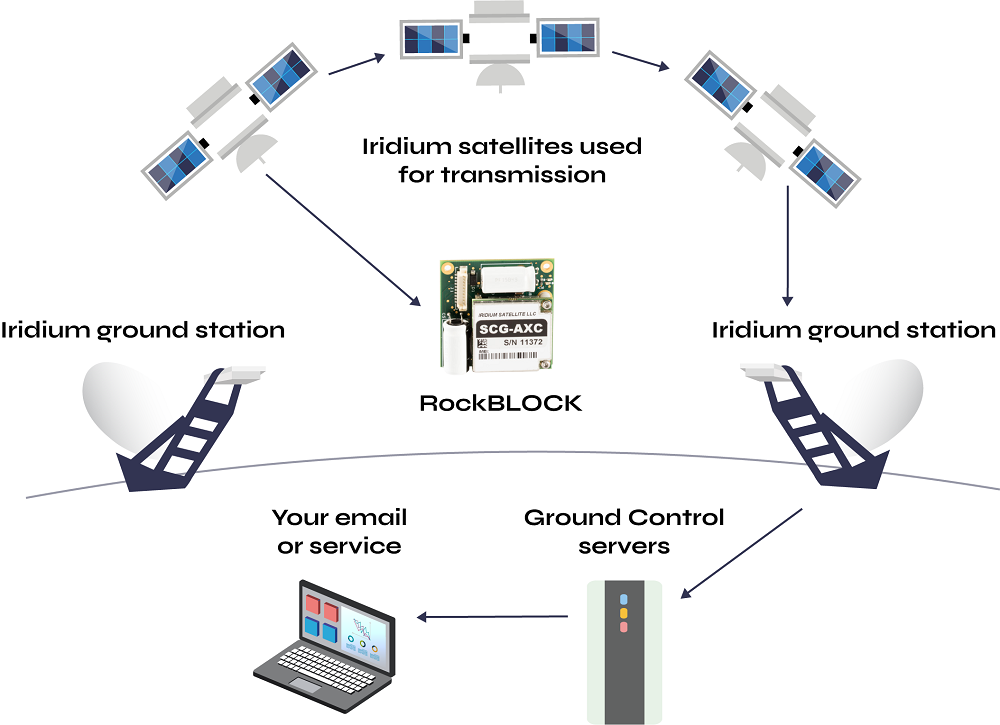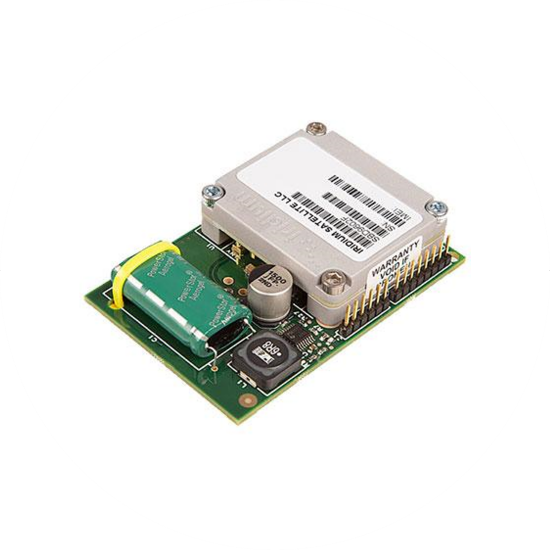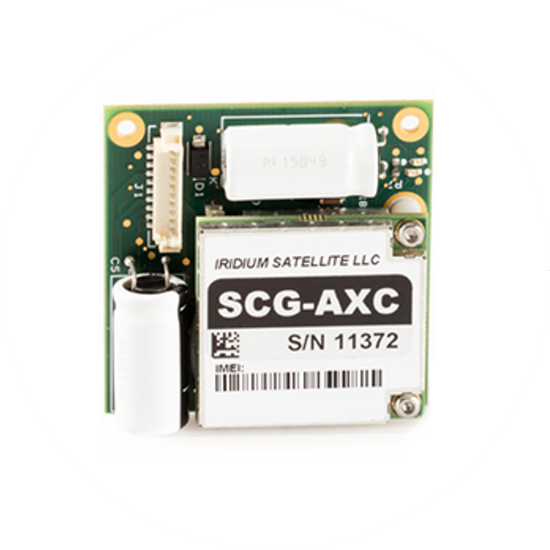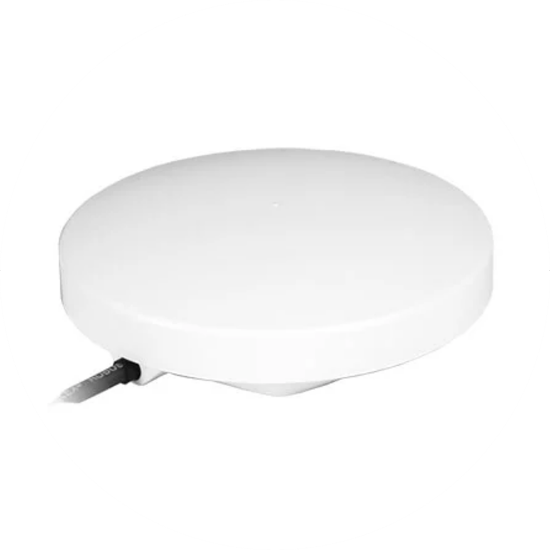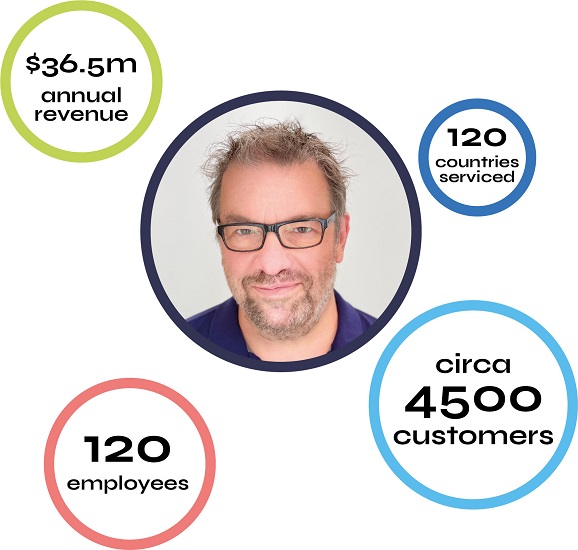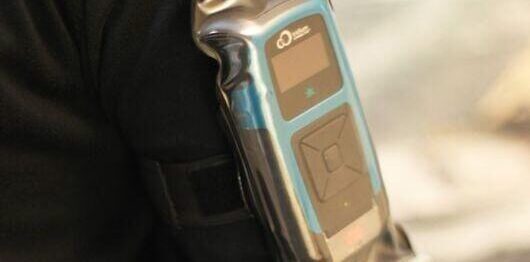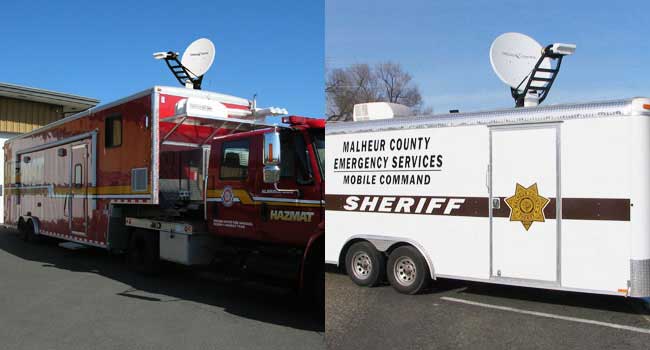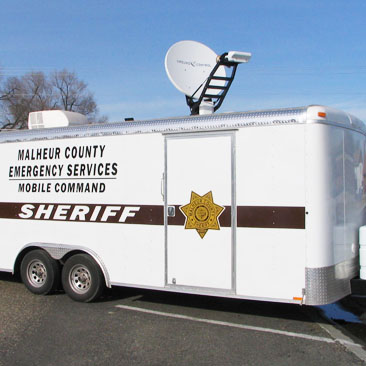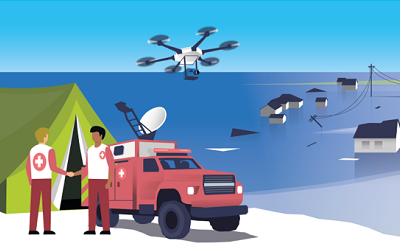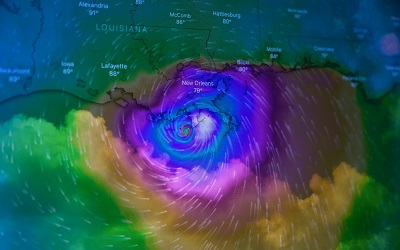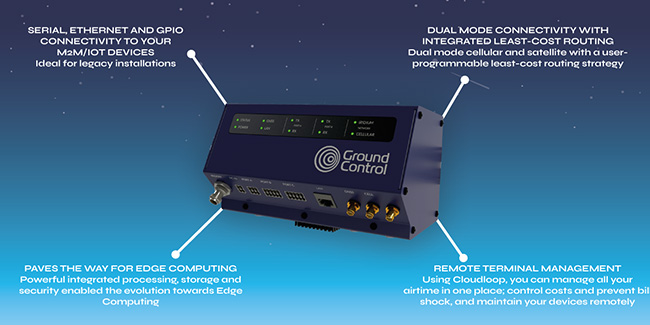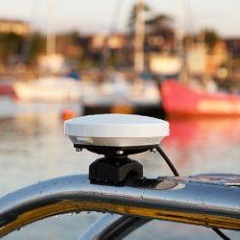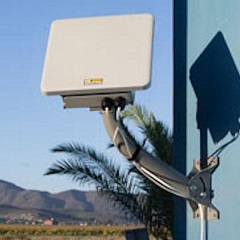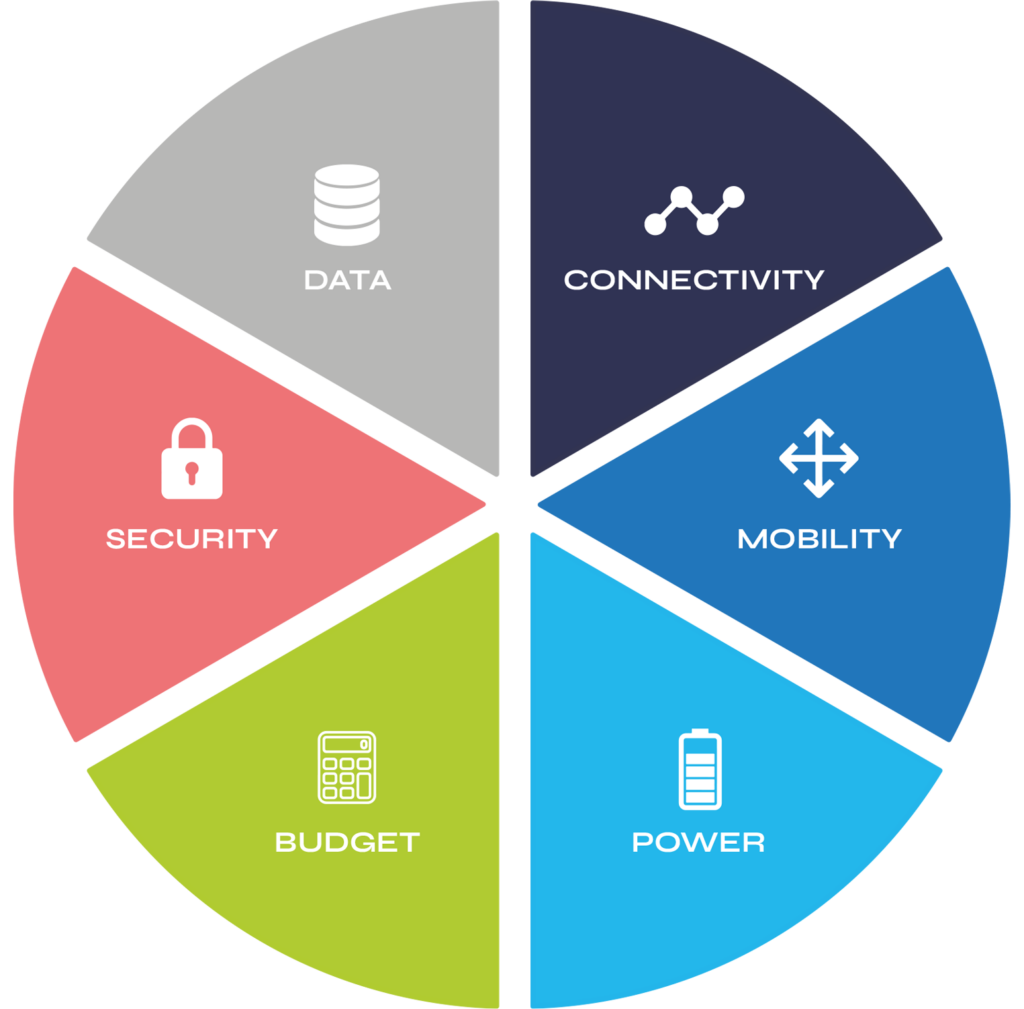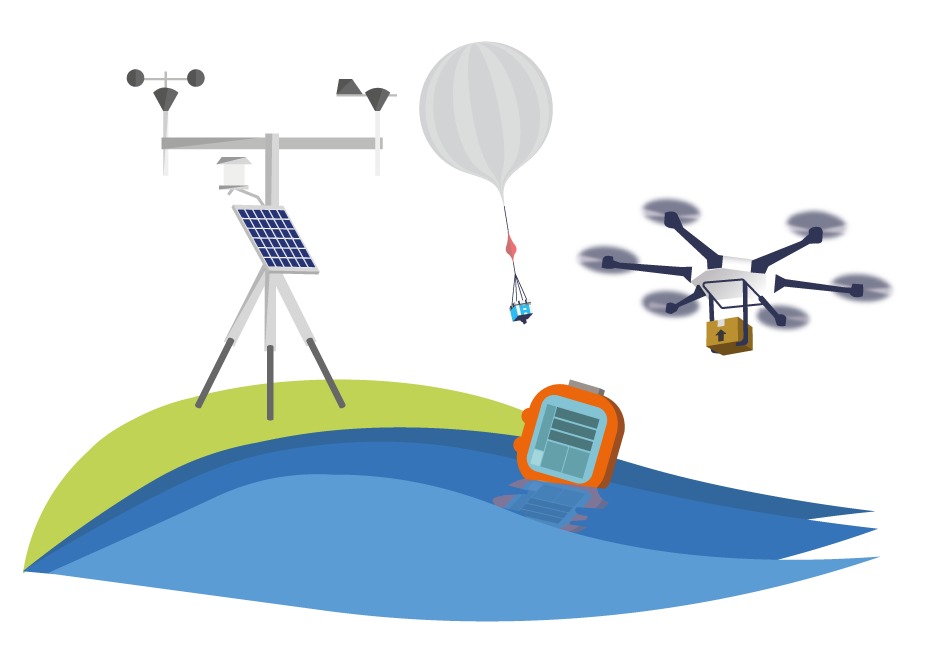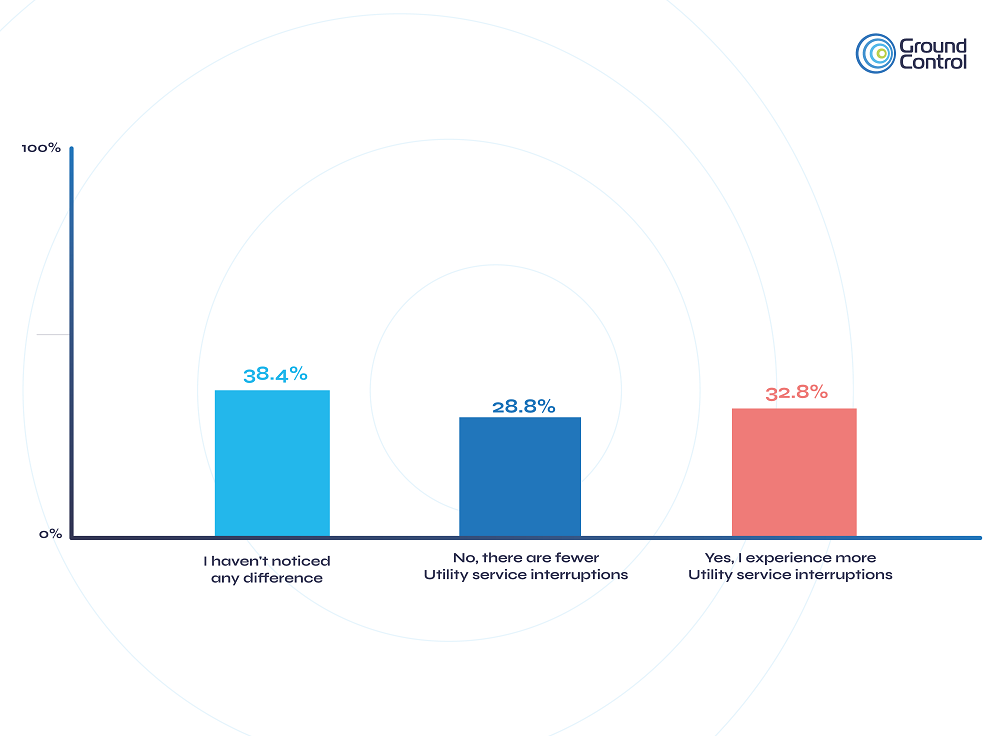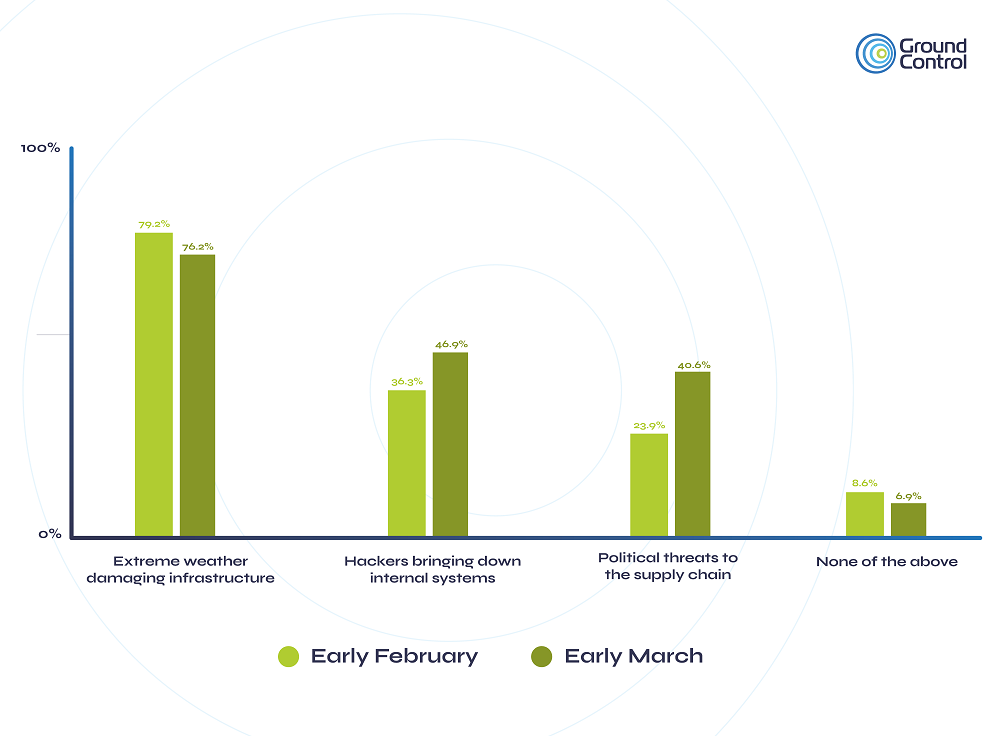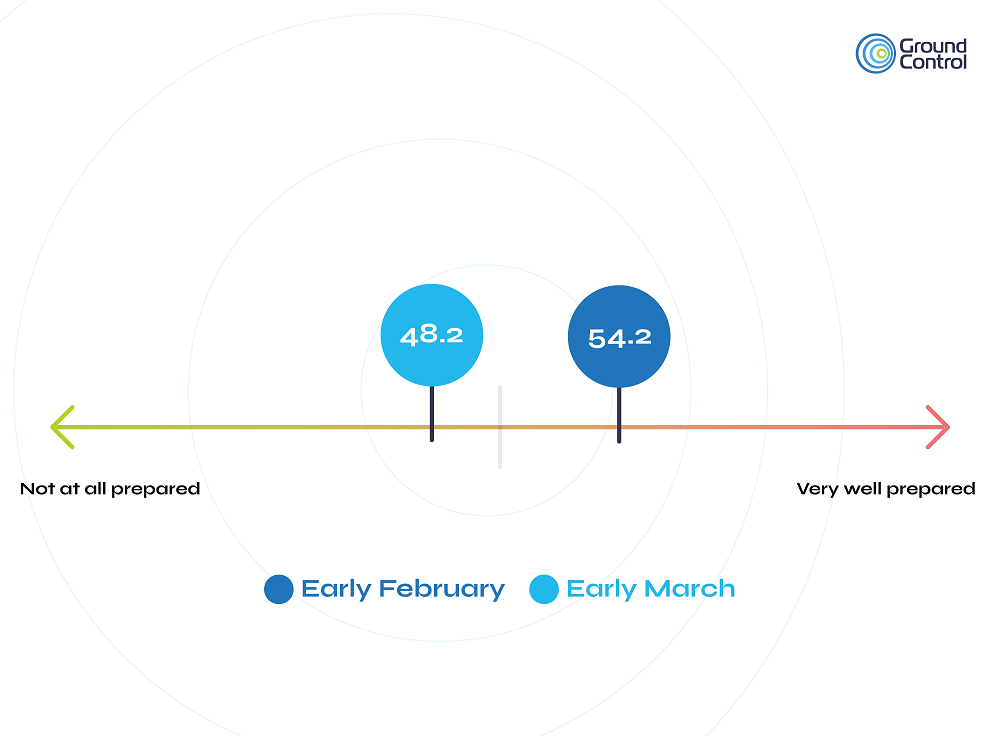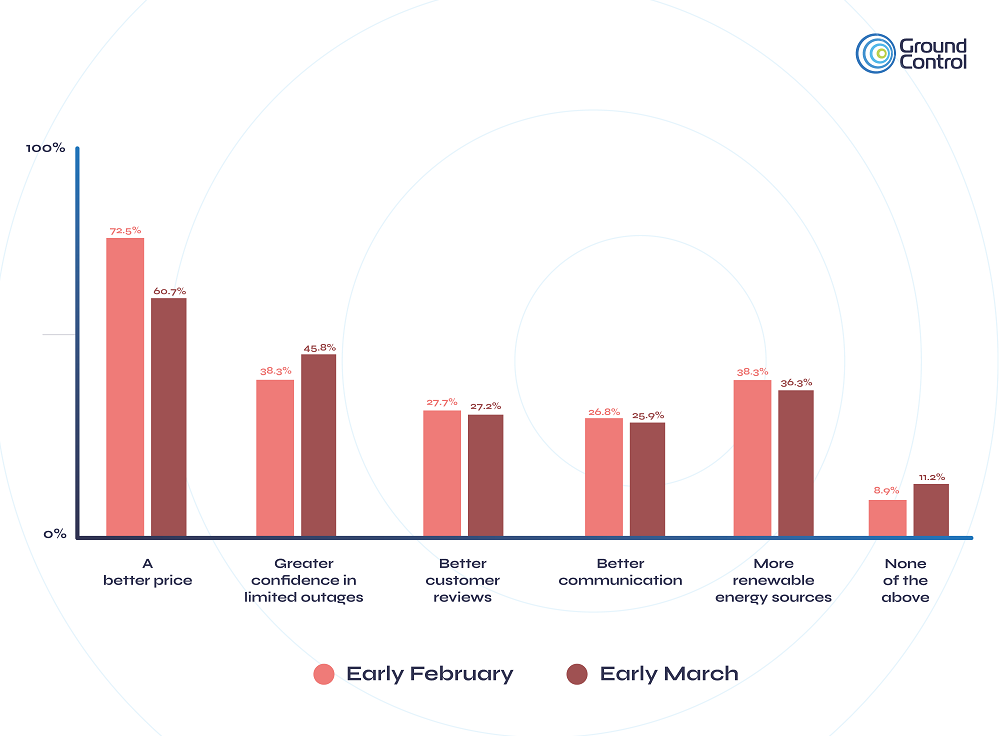The Internet of Things (IoT) has been transforming global industry and driving digitalisation for some years now. Simply, IoT describes connecting any device to other connected devices and the internet, or other communications networks. This allows all devices to collect and share data about their environment and how they are used; and it is this data that can deliver true insight.
But this value is wholly reliant on reliable connectivity. After all, for data to enable proactive, smarter decisions, that data first needs to be delivered, for example, from sensor to HQ. In addition, fragmented data and gaps can give a wildly inaccurate picture and cellular connectivity only covers 15% of the globe. This is where Ground Control’s RockBLOCK suite can help.
Introducing the RockBLOCK
RockBLOCKs are transceivers that you can use to send and receive short serial messages, through the Iridium satellite network and back to Earth. They deliver plug-and-play satellite communication, meaning if you have a clear view of the sky, your solution / project stays connected.
How do RockBLOCKs work?
Leveraging the Iridium Satellite network – specifically, ‘short burst data’ (SBD) – RockBLOCKs are connected to a sensor and send this data to 1 of 66 satellites within the Iridium constellation. The satellite then relays this data through the constellation until it’s within transmission distance of Iridium’s ground stations (this takes fractions of a second!). Finally this data can be viewed either in our web portal, or set up to automatically relay this information to email, several email addresses or direct to a web service.
Although SBD only equates to message sizes around 340 bytes up and 270 bytes down, it’s ideal for many IoT applications, including weather balloons, data buoys, UAVs and more. It’s also relatively low cost, and can be purchased on a pay-as-you-go basis, or contracted, which delivers flexibility for developers and educators while testing.
Antenna options – Patch vs SMA
Our RockBLOCK devices include a patch antenna which is suitable for applications where the RockBLOCK can ‘see’ the sky; for example, under plastic but close to the top of the enclosure. However, for applications where the RockBLOCK needs to be situated deep within an enclosure or have a metal barrier between it and the sky, both the 9602 and 9603 have an SMA connector allows the attachment of an external antenna.
Common RockBLOCK projects
Because the RockBLOCK is a small, low cost, low power transceiver, the applications are vast. We work with many partners to bring truly innovative, end-to-end solutions to life. We often partner with those responsible for building the sensors the RockBLOCKs then connect to. To give you an idea and possibly inspire your next project, we’ve collated below some of the most common use cases supported by our RockBLOCK products today.
Tsunami early warning system
When it comes to early warning systems and critical communications networks, organisations need to utilise satellite connectivity, both for the coverage requirements and network reliability. Currently the RockBLOCK Plus is installed across Thailand, empowering their Tsunami early warning system, with ubiquitous, reliable connectivity. The system continually monitors for Tsunami warning indicators, and upon detection – as the RockBLOCK supports two-way communication – it triggers an audible alarm.
Automated landslide monitoring
To reduce the impact of hazardous landslides, enabling proactive, preventative measures to be taken, near real-time monitoring is essential. The RockBLOCK assists regular monitoring of landslide activity with always on connectivity, sending data of high spatiotemporal resolution and centimetre-level accuracy for long-term deployments. Measuring in this way aids in early warning information and limits the use of invasive and expensive drilling, the more traditional landslide monitoring technique.
Environmental monitoring and reporting
Blocked, overflowing systems can cause flooding, erosion, turbidity, storm and sanitary sewer system overflow, and infrastructure damage. Combining data sent via RockBLOCKs within Powered Telemetry Modules (PTM), companies are able to monitor and forecast these events. Utilising a mixture of time lapse cameras, water level gauges, rain gauges, and weather gauges, companies are able to predict where issues may occur and which areas are most at risk, and implement proactive, preventative measures.
Drifting data buoys
Generally, the main purpose of drifting buoys is to measure ocean currents and sea temperatures, the data of which is then transmitted back to research labs on the mainland for analysis. We work with MakerBuoy, who create drifter buoys for individuals and hobbyists to throw into the ocean and retrieve oceanic data; for example, air and water temperature, wind speeds etc. The data retrieved provides vital intelligence for weather and climate models and ultimately aids better understanding of ocean behaviour and intensity forecasting. As the RockBLOCK benefits from pole-to-pole coverage via the Iridium satellite network, buoys carrying a RockBLOCK can transmit this data back to hobbyists, researchers and meteorological organisations for analysis, from anywhere on earth.
Drone connectivity
The applications for drone usage continue to grow: medicine delivery, crop spraying, seed drops, surveillance, meteorology, goods transportation – the list goes on. As many of these tasks take drones into areas with limited or no cellular coverage, satellite connectivity is essential to ensure that, when the drone is Beyond Visual Line of Sight (BVLOS), the drone can still receive commands from the operator.
Ground Control supports UAV and Drone operators with critical Beyond Visual Line of Sight (BVLOS) communications to allow constant connectivity with minimal latency to airborne drones. We use Iridium Short Burst Data (SBD) to allow small strings of data to be sent from a base of operations to the field, providing flight programs, course alterations and other instructions in real time.
Most recently, we’re proud to have had our RockBLOCKs play an important role in the delivery of critical medical care via drone through our partnership with Skylift.
Preventing illegal deforestation
Illegal extraction activities are a significant threat to rainforests and natural resources more generally. With the RockBLOCK, monitoring systems within a rainforest can act as watchdogs. Once certain markers are detected, an alert can be sent and the data analysed by NGOs and governments. If they feel there is an imminent threat, the appropriate authorities can then be notified.
Wildlife tracking
Africa is home to some of the world’s best-known and most iconic wildlife. However, the African Wildlife Foundation (AWF) reports that due to illegal poaching, 43% of the lion population has been lost in the last 20 years.
One of our partners is responsible for creating tracking collars for lions, most notably, in Namibia. Each collar houses a RockBLOCK device, ensuring rangers are able to reliably and effectively track pride movements and ultimately, more effectively protect them.
Off-grid fire prevention system
Regular home fire safety equipment (alarms and extinguishers) rely on a fire to have already entered the premises or someone to be home to raise the alarm. Off-grid fire prevention systems can protect properties and communities, using the data collated to predict and detect wildfires. RockBLOCKs can ensure data is sent from sensors in near real-time and as the RockBLOCK supports two-way communications, once certain thresholds are met, for example significant increase in temperature, a command can be sent back to the system to trigger high-pressure sprinkler systems.
Interest piqued?
If you are interested in learning more about any of the RockBLOCK suite, or partnering with Ground Control on an end-to-end solution, simply fill in the contact form below.

